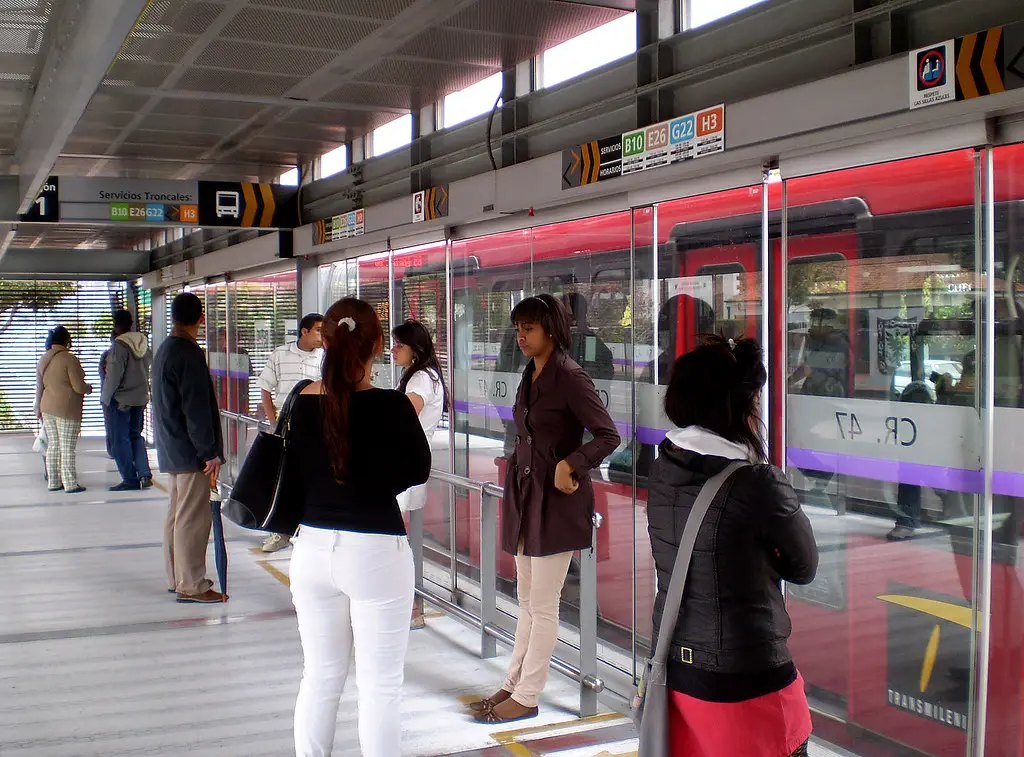Street lighting is a vital element in creating navigable, safe and successful cities (although its role in reducing crime is still open to debate). However, with 20% of the world’s energy consumed by artificial lighting, perhaps it is time to rethink our approach to lighting urban areas.
In Europe, there are 90 millions street lights (that’s 9 for every square kilometre) consuming 45 million kWh of electricity and pumping out 20 million tonnes of CO2 emissions annually. Light pollution is a little harder to quantify, but is a problem nonetheless. Barcelona has recently attempted to innovate in this area, introducing motion sensitive street lighting which only lights up when a person is nearby. Other cities have switched to daylight-style lighting in an attempt to reduce that orange glow synonymous with urban areas at night.
Innovations are happening in the UK too. With site lighting coming to the end of its functional life, Rugeley Power Station decided to install 145 Marlin 1000 luminaires – a form of street lighting with environmental and social benefits. Emitting a white light from LEDs, the Marlin streetlights use 70% less energy than their traditional equivalents and emit up to 50% less CO2. Maintenance is also reduced, with the lamps delivering 80% of their original light output after 120,000 hours of use and 70% after 150,000.
The social benefits of this design are also interesting. Claims that the crisp white light produces clearer CCTV images that are ‘more useful to the authorities’ are a little concerning, but Marlin’s production method is something to be celebrated. Assembled by Remploy – an organisation which ‘offers employment to people experiencing complex barriers to work’ – the Marlin 1000 is produced by those with disabilities that may have otherwise struggled to source employment.
Expected to save £85,000 over 25 years, reduce carbon emissions by up to 70% and energy use by 35% (and, of course, capture those pesky criminals on CCTV more clearly), the benefits for Rugeley Power Station are obvious. On a larger scale, deploying energy efficient lighting like this in cities could not only provide employment opportunities for those with disabilities, but considerably reduce global energy demands.


